Ukraine War Leads To New Investment In Kazakhstan
- Kazakhstan is in talks with 43 major international companies based in Russia regarding their relocation to the Central Asian country.
- Less than a month after the outbreak of the war in Ukraine, Kazakhstan began negotiating with hundreds of Russia-based foreign firms about their possible relocation to his country.
- Top priorities for President Tokaev’s administration include both efforts to diversify its economy away from over-reliance on hydrocarbon exports as well as attract more FDI.
Since Russian President Vladimir Putin began his ill-fated “special military operation” (SVO) WAR against Ukraine, subsequent international sanctions imposed in response produced the slowly mounting hemorrhaging of foreign firms based in the Russian Federation to other post-Soviet states, with many choosing to relocate to Kazakhstan. On April 19, Kazakhstan’s Prime Minister Alikhan Smailov told participants in a government meeting—held to discuss his nation’s socioeconomic development—that his government is in talks with 43 major international companies based in Russia regarding their relocation to the Central Asian country. According to Smailov, beyond these 43 firms considering the shift, 24 foreign companies have already moved to Kazakhstan. Businesses that have relocated their base of operations from Russia to Kazakhstan include Honeywell, InDriver, Weir Minerals, Ural Motorcycles, Fortescue, TikTok, Koppert and Emerson. According to the same reports, discussions for the same continue with Boeing, EPAM Systems, Youngsan, Skoda Transportation, GE Healthcare and Philips (Tengri News, April 19).
Corporations began to fear the fiscal consequences of running afoul of a series of increasingly harsh sanctions against Russia after the start of Putin’s SVO. The rising exodus of foreign firms seeking more benign opportunities for foreign direct investment (FDI) coincided with increased efforts by Kazakhstan, Central Asia’s most prosperous nation, to secure more FDI.
The volume of foreign interest was not insignificant; on December 22, 2022, Kazakh Deputy Minister of Foreign Affairs Almas Aidarov stated that less than a month after the SVO started, Kazakhstan began negotiating with hundreds of Russia-based foreign firms about their possible relocation to his country. Aidarov said at a briefing to Kazakhstan’s Central Communications Service (???, or CCS):
Since the beginning of the conflict and the announcement of sanctions against the Russian economy, we have identified 362 companies that have publicly announced their withdrawal or reduction of their activities in the Russian market. These 362 companies are foreign companies that have operated in Russia and are of interest to us. Since March, we have reached out to the parent companies of these brands with a proposal to relocate to Kazakhstan. To date, 62 companies have given us a positive response that they are ready to consider Kazakhstan as an alternative platform (Sputnik Kazakhstan, December 22, 2022).
As top priorities of Kazakh President Tokaev’s administration include both efforts to diversify its economy away from over-reliance on hydrocarbon exports as well as attract more FDI, the stampede of foreign companies exiting Russia represents an unexpected potential windfall. Three months after the SVO began, Kazakh Deputy Prime Minister and Minister of Foreign Affairs Mukhtar Tleuberdi visited the US, where his delegation held talks with prominent businessmen in New York and Washington D.C. According to official Kazakh central bank statistics, as of October 2021, FDI in Kazakhstan totaled $170 billion, including $40.4 billion from the US (US State Department, 2023). The Kazakh delegation held meetings with Boeing, Valmont Industries, Honeywell, Pfizer, Champion Foods, Paramount, SMP Robotics, LA Solar Group, Ardmore Capital and JPMorgan Chase & Co. officials. According to Merzhan Iusupov, Chairman of the Board of Kazakh Invest, a national company responsible for attracting FDI to the country: “In connection with the relocation of many companies to Kazakhstan, we express our readiness to create all the institutional conditions for establishing direct interaction with foreign companies by providing opportunities for moving to Kazakhstan or opening joint ventures” (Interfax, May 24, 2022).
The outgoing river of foreign businesses flowing out from the Russian market may soon turn into a raging flood. On April 25, Putin signed a decree entitled: “On the temporary management of certain property,” which established a mechanism for the introduction of temporary management of foreign assets in Russia (Official Internet Portal for Legal Information, April 25).
Putin’s decree provides for the “temporary management” of foreign assets held by the Russian subsidiaries of Finland’s Fortum Oyj and Germany’s Unipro (both energy companies) by the Federal Property Management Agency, in order to generate assets “of paramount importance for the stable functioning of the Russian energy sector” (Vedomosti, April 25).
The decree’s legal framework makes it possible to introduce “temporary” external management of foreign assets in the event that Russia, Russian legal entities or individuals are deprived of the right of ownership of property abroad, which could create a threat to Russia’s national, economic or energy security.
With the notable exception of Belarus, Putin’s relentless SVO against Ukraine has generated a growing degree of coolness in post-Soviet nations towards their former Russian comrades. Russia’s recent moves against foreign business entities remaining within the confines of the Federation are likely to promote still more to leave, with nearby Kazakhstan appearing like the prime alternative in the post-Soviet Eurasian space. In 2021, global FDI totaled $1.58 trillion, up 64 percent from 2020’s exceptionally low levels. Kazakhstan remains the number one FDI destination in post-Soviet Central Asia, absorbing approximately 70 percent of total FDI regional inflows (Lloyds Bank, April 2023). As Kazakhstan continues to reform its economic and legal structures to better accommodate foreign and domestic investment, it seems likely that many of the new fiscal refugees from Russia will consider making their “temporary” exile to the steppe more permanent.
By John Daly via Jamestown.org
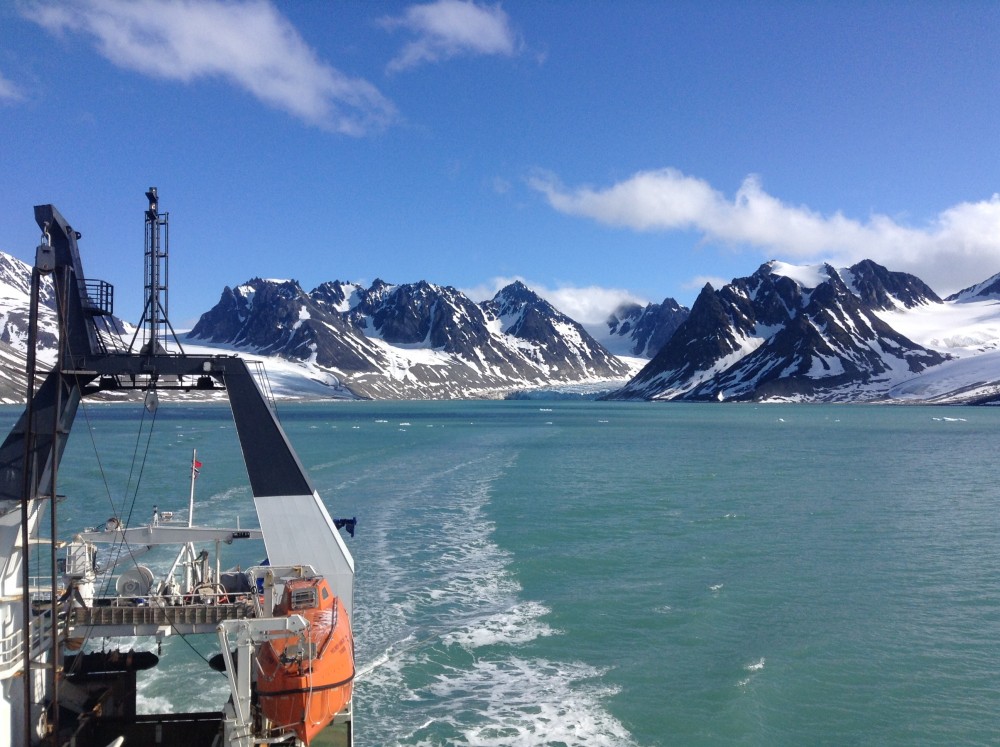


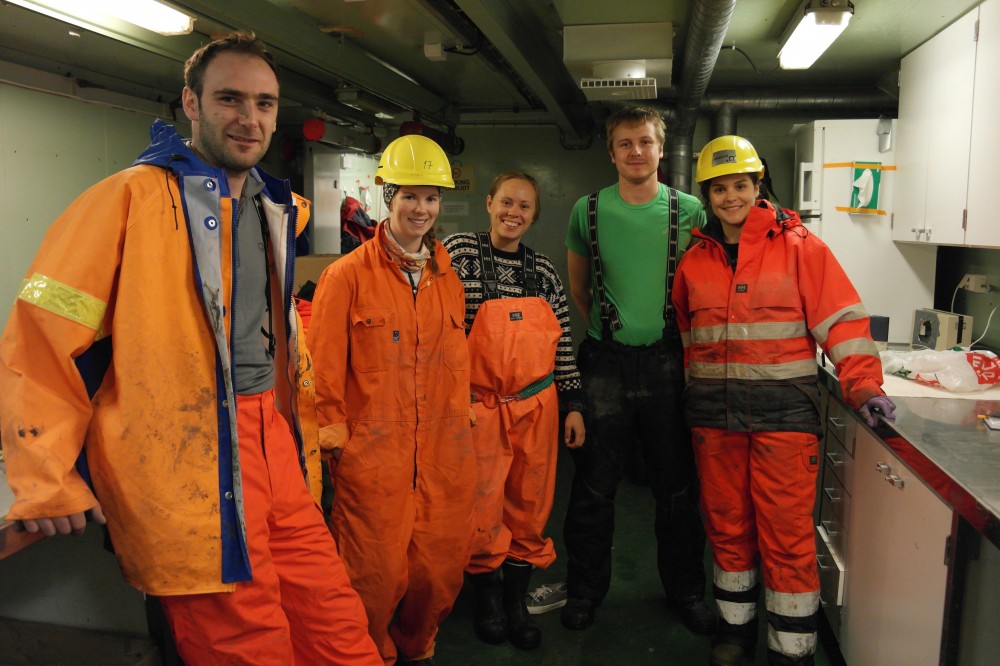
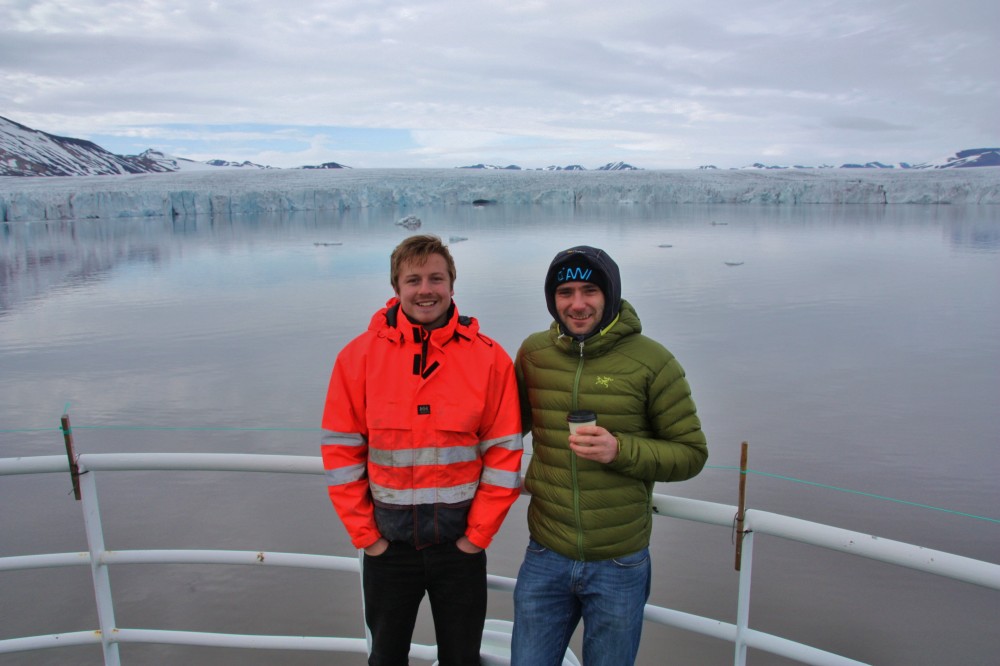
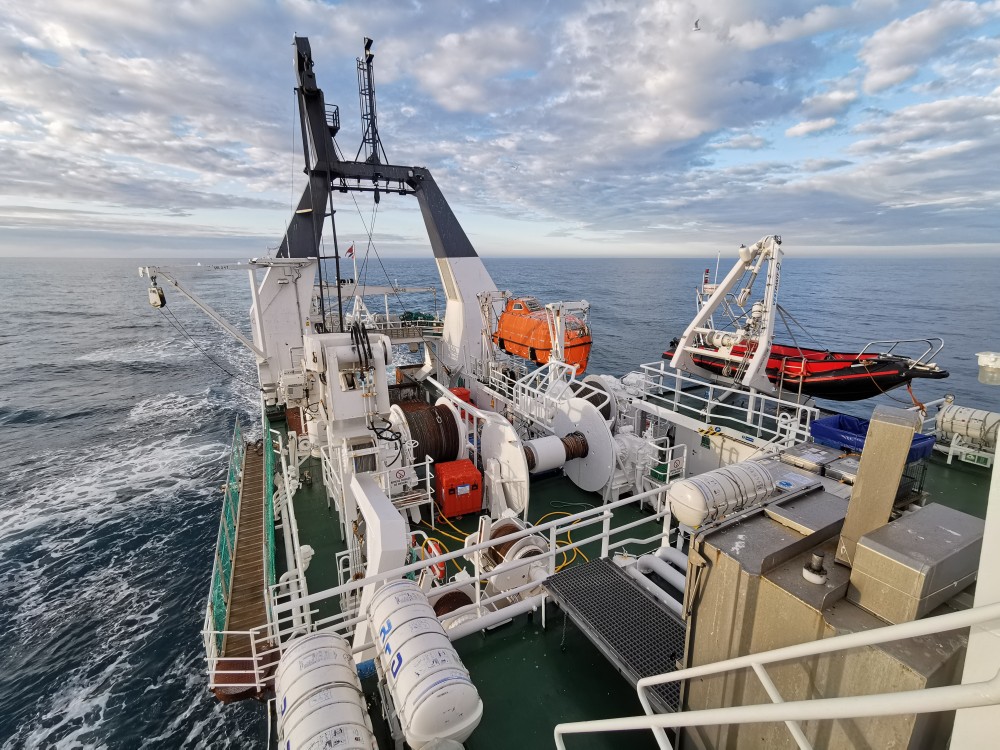
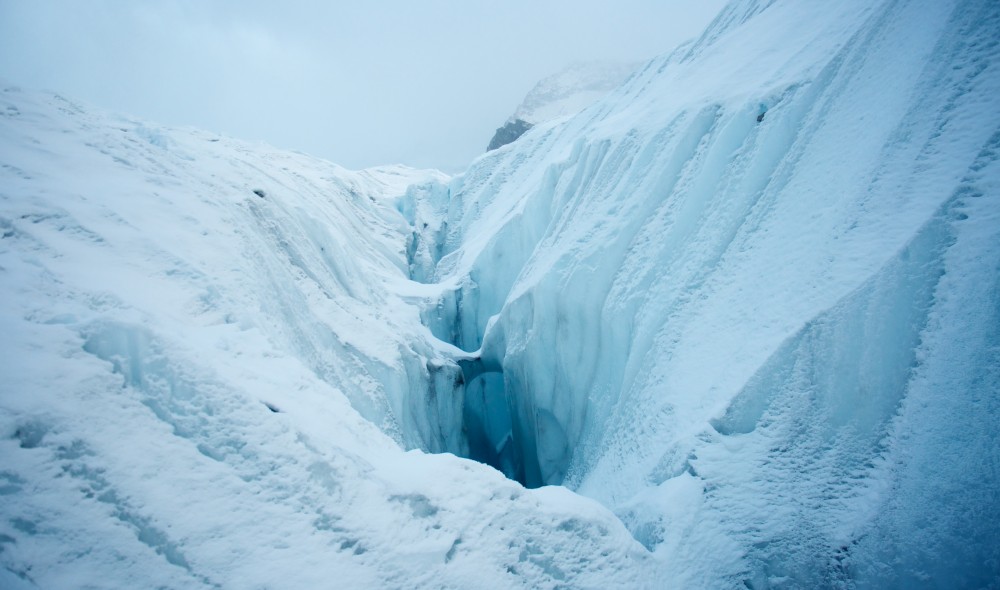
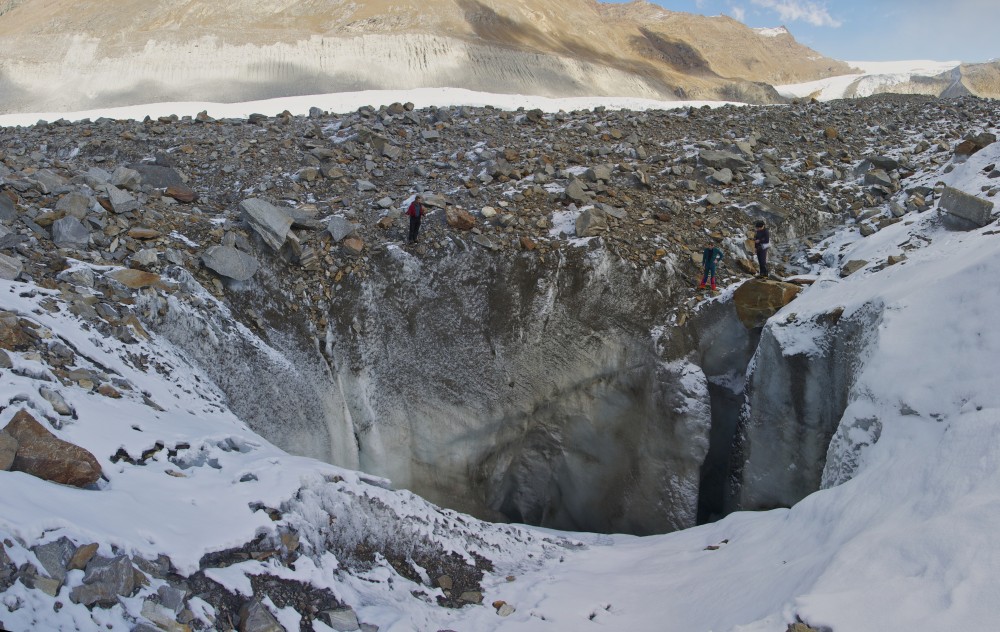
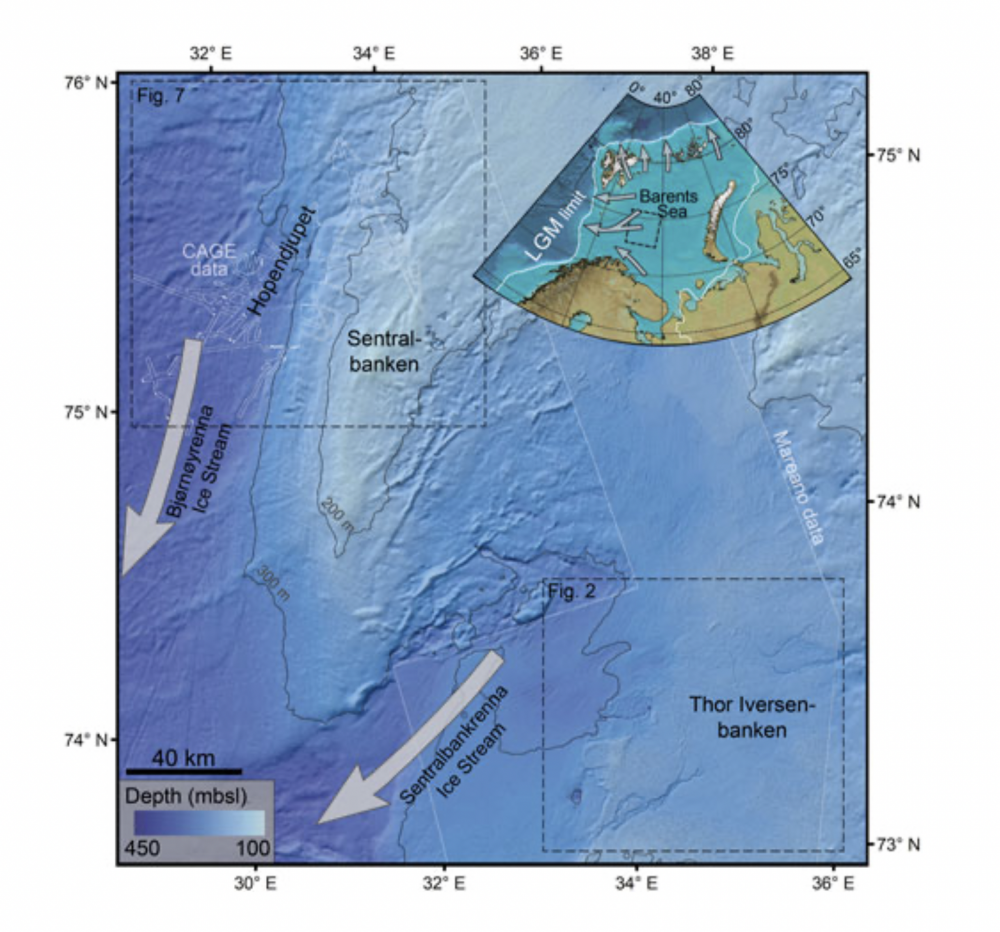

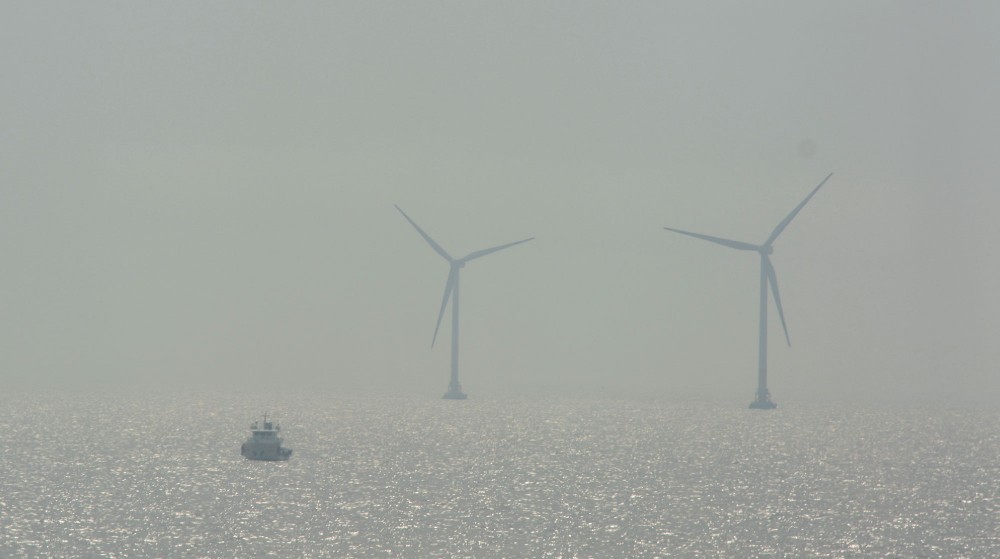
.jpg?ext=.jpg) Water storage tanks at the Fukushima Daiichi plant site (Image: Tepco)
Water storage tanks at the Fukushima Daiichi plant site (Image: Tepco)